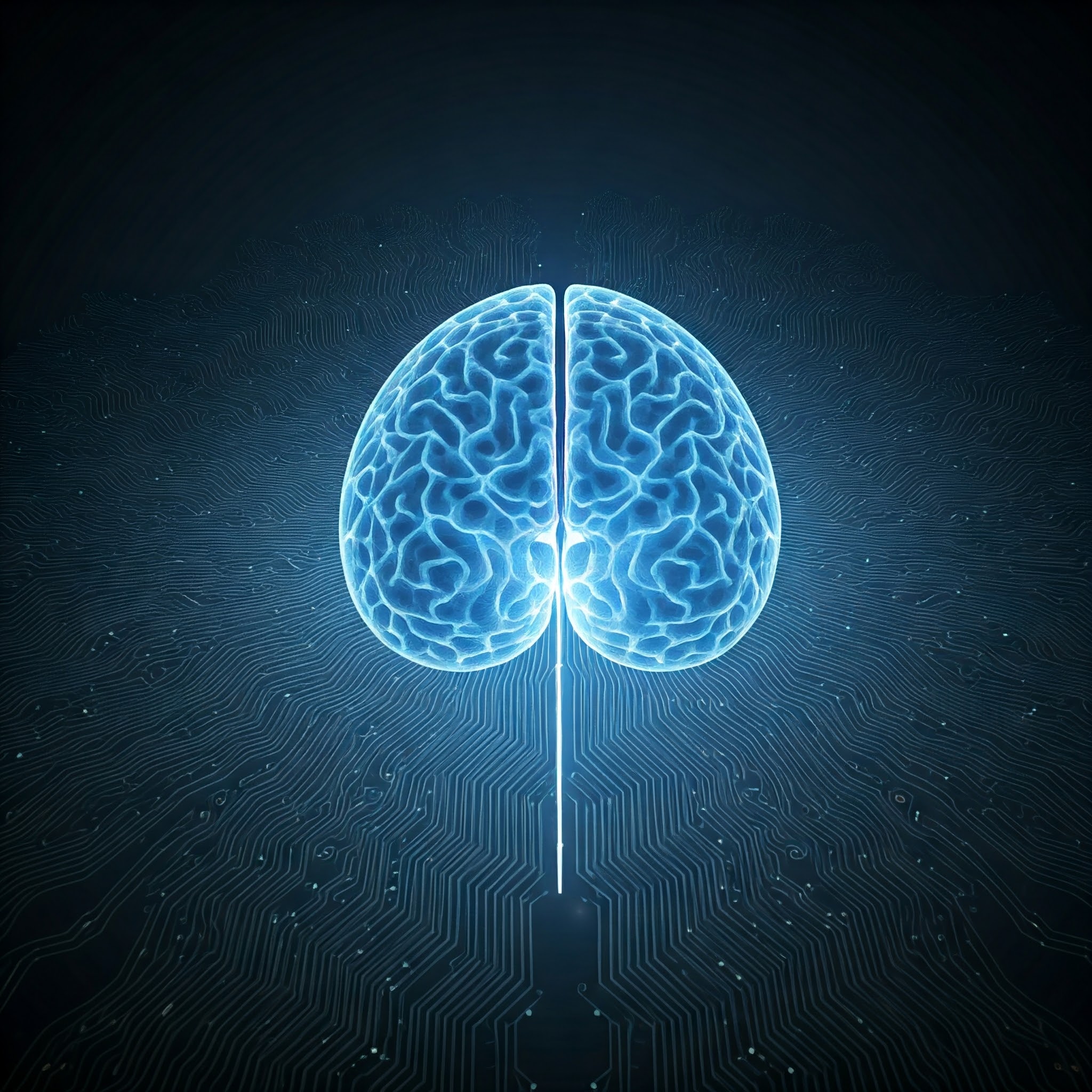The evolution of artificial intelligence (AI) continues to push the boundaries of what technology can achieve, and neuromorphic computing is one of the most exciting developments in this space. By mimicking the neural architecture of the human brain, this revolutionary technology is designed to overcome the limitations of traditional computing, enabling machines to process information more efficiently, adapt in real time, and perform tasks with exceptional speed and accuracy.
This blog delves into the intricacies of neuromorphic computing, its applications, current advancements, and how it is poised to redefine the tech landscape.
What is Neuromorphic Computing?
Neuromorphic computing replicates the structure and processes of the human brain by leveraging spiking neural networks (SNNs) and brain-inspired architectures. Traditional computing systems rely on linear data processing, but neuromorphic systems operate in a highly parallel manner, just like the brain. This enables them to process complex, real-world data streams, such as images, sound, and sensor data, with remarkable efficiency.
How It Works
Neuromorphic systems use artificial neurons and synapses, implemented in specialized hardware such as:
- IBM TrueNorth: A chip with over a million programmable neurons designed for ultra-low power consumption.
- Intel Loihi: Capable of self-learning, this chip mimics the brain’s adaptive learning mechanisms and supports real-time decision-making.
- SpiNNaker: Designed for simulating large-scale brain models, it helps researchers study the behavior of neural circuits.
Cauwenberghs and Kudithipudi received a $4 million NSF grant to launch THOR: The Neuromorphic Commons. This is a research network providing access to open neuromorphic computing hardware and tools.
- The NeuRRAM chip (designed by a team led by Cauwenberghs in 2022) computes directly in memory and is highly versatile, accurate, and energy-efficient. It consumes a fraction of the energy of general-purpose AI computing platforms. It is also twice as energy efficient as state-of-the-art chips.
Applications of Neuromorphic Computing
1. Revolutionizing AI
Neuromorphic systems offer a new level of intelligence to AI, enabling:
- Context-aware computing: AI that understands and responds to nuanced environmental cues.
- Efficient deep learning models: Faster training and inference with minimal power consumption.
2. Edge Computing and IoT
Edge devices, from smart cameras to wearable health monitors, benefit from neuromorphic computing’s low-energy, real-time processing capabilities. For instance:
- Smart Cities: Neuromorphic chips enable faster traffic and pedestrian analysis, optimizing urban mobility.
- Wearables: Real-time health monitoring systems with improved efficiency and predictive accuracy.
3. Autonomous Vehicles
Modern autonomous vehicles rely heavily on neuromorphic systems to process massive volumes of sensory data in real-time. For example, Tesla and Waymo are exploring brain-inspired architectures to enhance navigation and safety.
4. Healthcare
Breakthroughs include:
- Neurological disorder treatments: Brain-computer interfaces that assist patients with Parkinson’s disease or paralysis.
- Prosthetics control: Real-time, adaptive control of robotic limbs for greater functionality.
5. Space Exploration
Neuromorphic computing offers significant potential in space exploration, where efficiency and adaptability are crucial. NASA has been investigating how these systems could power robots for exploring extreme environments like Mars.
Neuromorphic Computing and Current Affairs
1. Industry Investment
The global neuromorphic computing market is growing rapidly, projected to reach $11.3 billion by 2027 (MarketsandMarkets). Major players such as IBM, Intel, and Qualcomm are heavily investing in this field to stay ahead in the AI arms race.
- IBM’s Latest Developments: The company recently announced enhanced versions of its TrueNorth architecture for specific AI applications like natural language processing.
- Intel’s Loihi 2 Chip: Released in late 2023, it features better scalability, higher neuron density, and improved energy efficiency, representing a significant leap in neuromorphic technology.
2. Environmental Impact
As concerns about energy consumption grow, neuromorphic computing presents a sustainable alternative. For instance, compared to traditional AI systems, neuromorphic processors can perform tasks with 100 to 1,000 times lower energy use. This has drawn attention from green technology initiatives worldwide.
3. Academic Advances
Recent breakthroughs from universities:
- Stanford University: Researchers have created a hybrid model combining neuromorphic computing and quantum computing, aiming for enhanced pattern recognition and cryptographic applications.
- University of Zurich: Developed neuromorphic vision sensors capable of processing visual data faster and with greater accuracy than standard cameras.
4. Military and Defense
Neuromorphic systems are increasingly used in defense for applications like:
- Real-time drone control
- Cybersecurity: Identifying and mitigating threats using adaptive algorithms.
5. Collaborative Research
Institutions such as the Human Brain Project (EU) and DARPA are spearheading efforts to advance neuromorphic computing. These collaborations focus on integrating biology-inspired systems into global AI initiatives.
Challenges in Neuromorphic Computing
While neuromorphic computing offers immense potential, it is not without challenges:
- Hardware Complexity: Developing neuromorphic chips requires breakthroughs in materials science and microfabrication techniques.
- Lack of Standardization: The field lacks a unified framework for building and integrating neuromorphic systems.
- Algorithm Development: Current algorithms are often optimized for traditional computing, making it challenging to adapt them for neuromorphic architectures.
Future Prospects
The coming decade will see neuromorphic computing expand its influence across industries. Key advancements to watch for include:
- Integration with Quantum Computing: Combining the adaptability of neuromorphic systems with the computational power of quantum computing could redefine data analysis.
- Enhanced AI Learning Models: With real-time adaptability, neuromorphic systems will enable next-generation AI models for autonomous robots, healthcare, and cybersecurity.
- Wider Commercial Availability: As production costs decrease, neuromorphic chips are likely to become a standard feature in consumer electronics.
Neuromorphic computing represents a paradigm shift in how machines process, learn, and interact with the world. With its potential to transform industries from AI and robotics to healthcare and space exploration, it is not just the future of computing—it is the cornerstone of a sustainable, intelligent technological era.
Reference: Nature


Awesome! Its genuinely remarkable post, I have got much clear idea regarding from this post
I very delighted to find this internet site on bing, just what I was searching for as well saved to fav
Excellent breakdown of the topic.
Absolutely loved reading this!
Really well-researched and written.
Thanks for making it so relatable.
You really know your stuff.
This should be a required read.
I felt like this was written just for me.
Really well-researched and written.